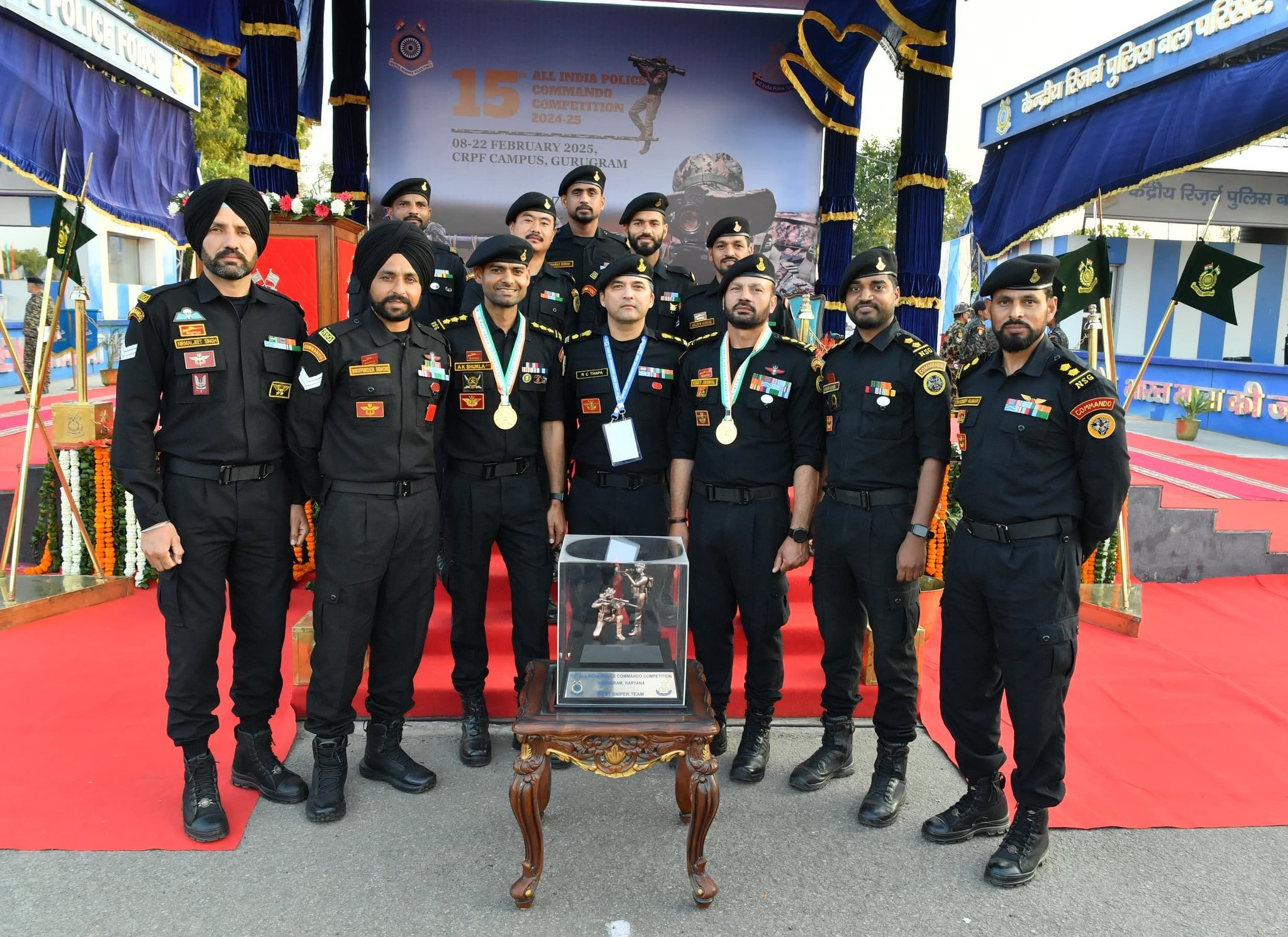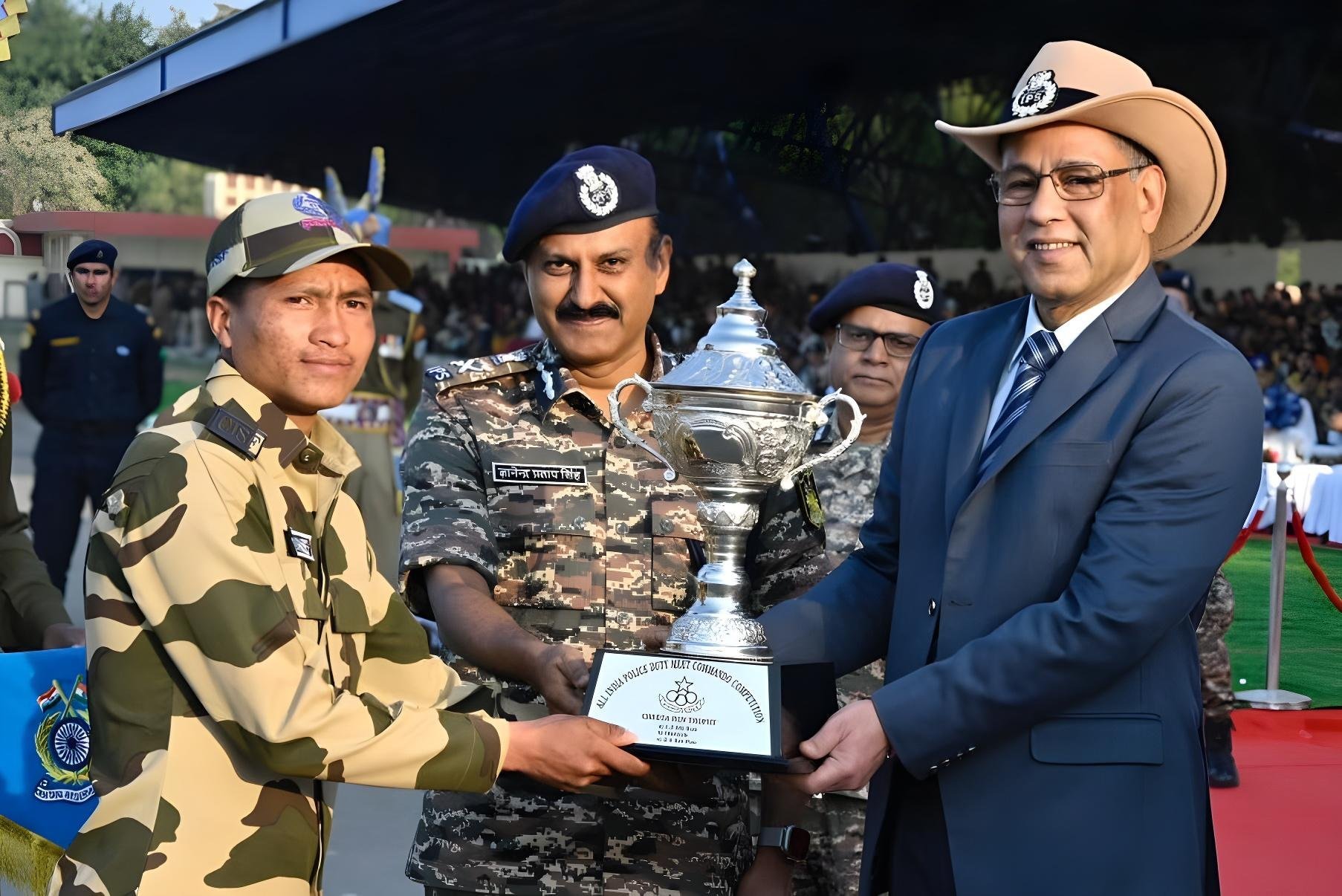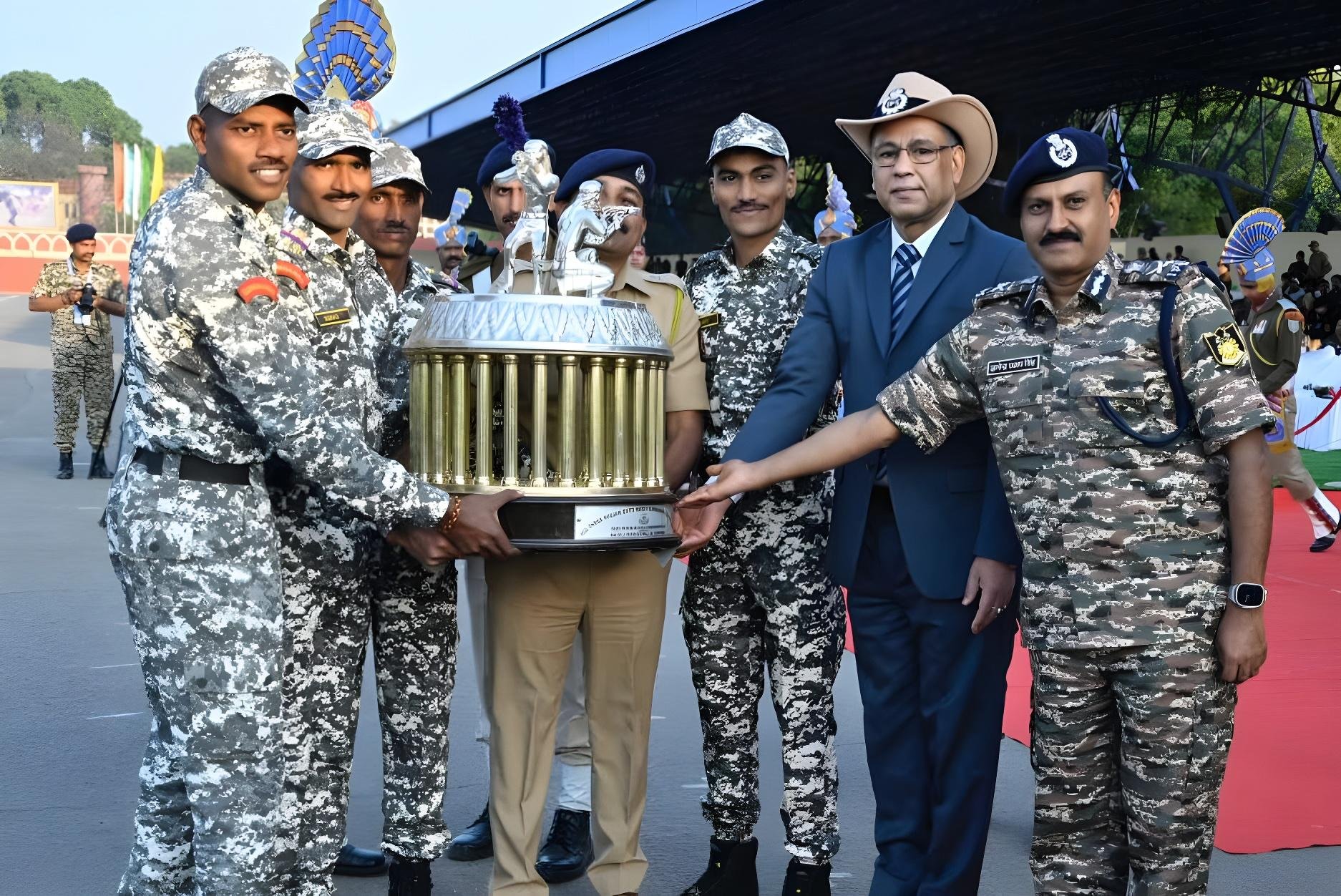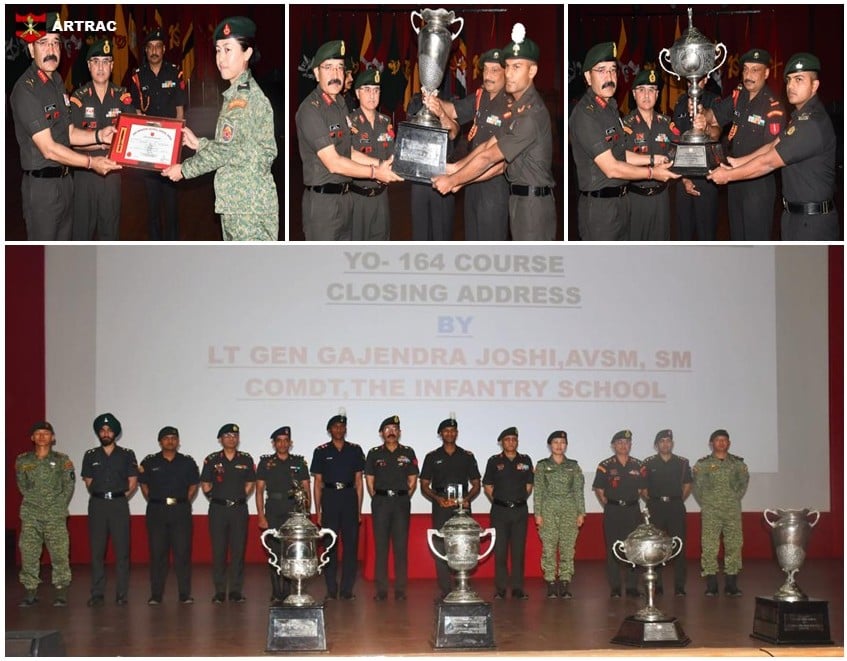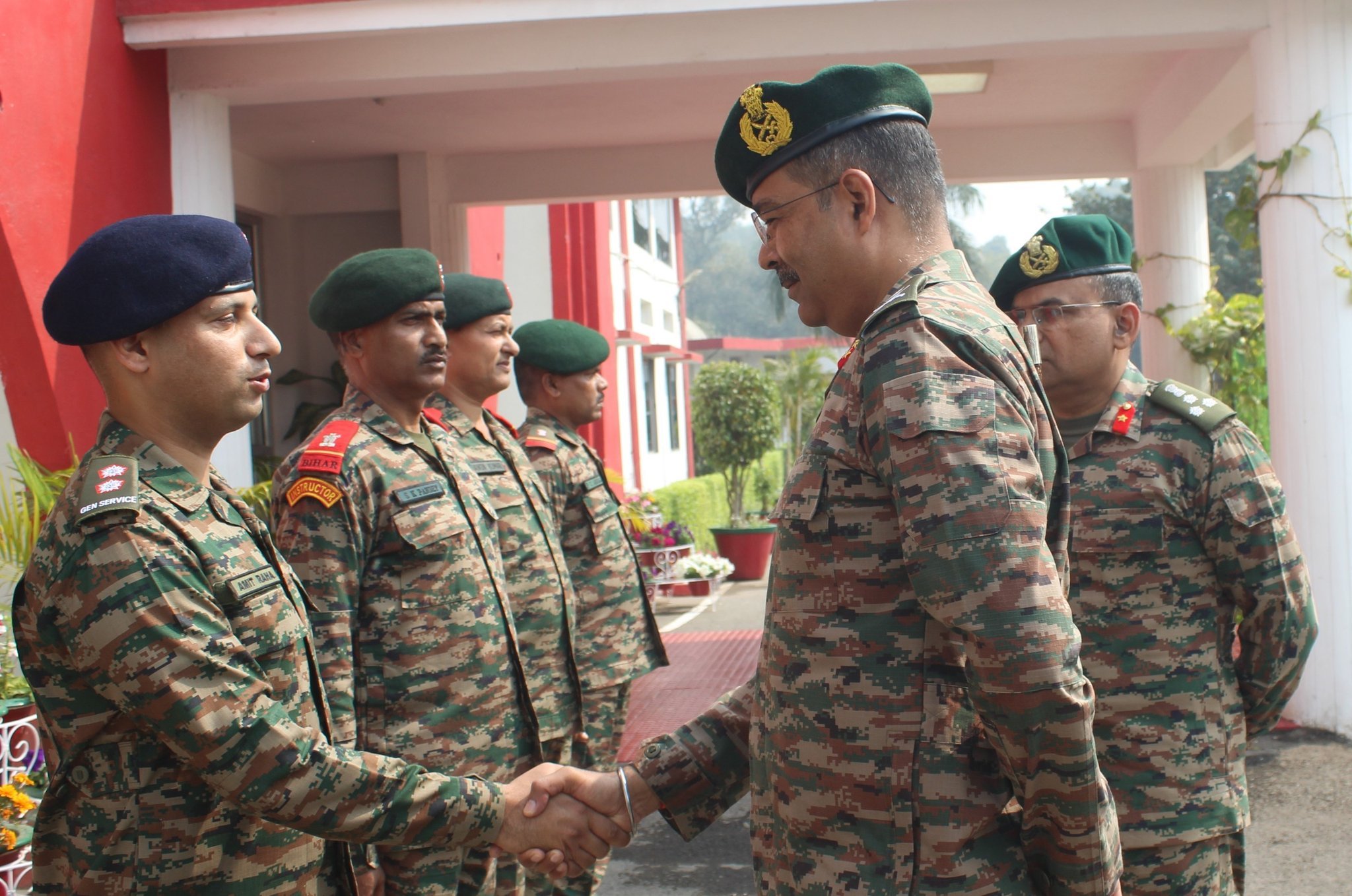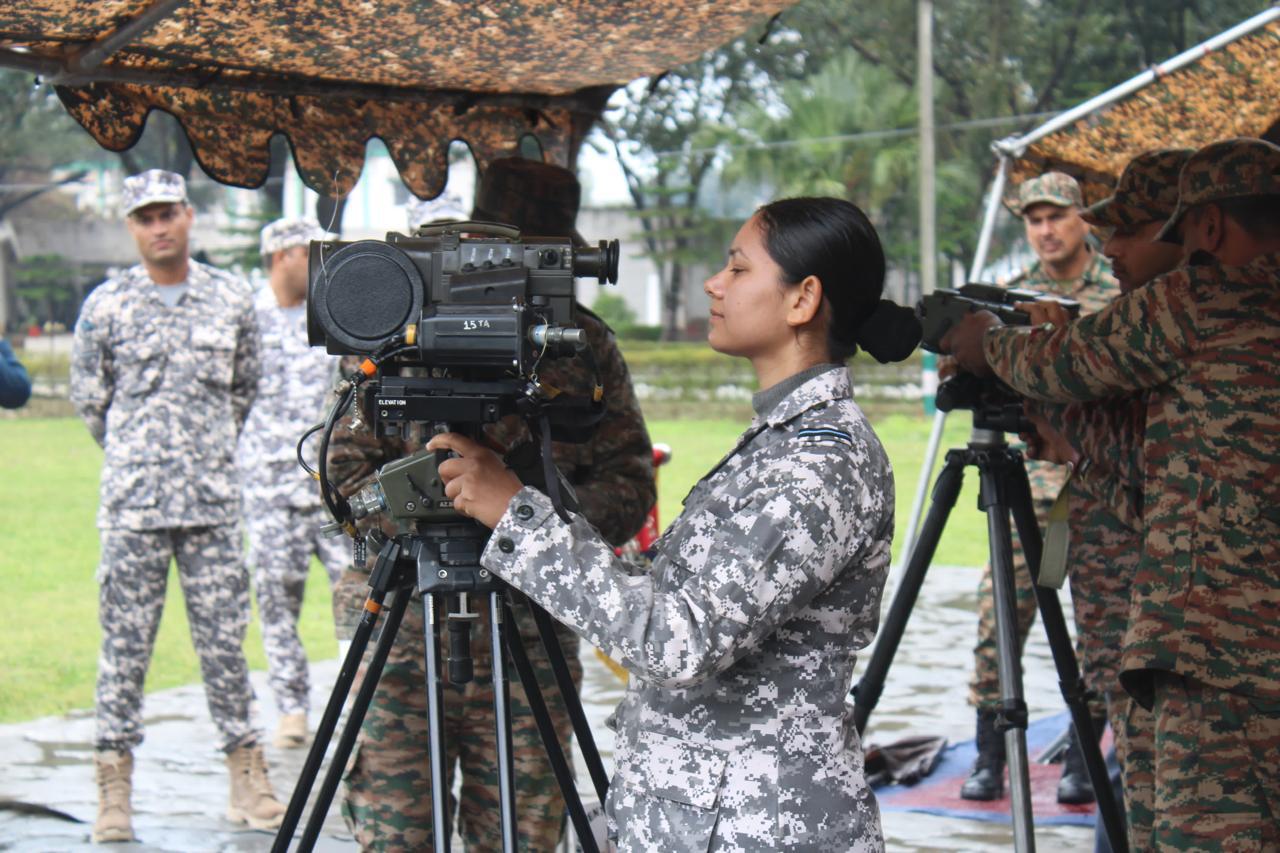Meet NSG Commandos Who Won Sniper Rifle Competition
The National Security Guard (NSG), popularly known as the "Black Cats," emerged as champions in the sniper category of the…
CISF Commando Wolbetstar Ramsiej Wins Cheeta Run Trophy
Gurugram, February 22, 2025 – Central Industrial Security Force (CISF) commando CT/GD Wolbetstar Ramsiej emerged victorious, securing the prestigious Cheeta…
Maharashtra Police Wins 15th All India Police Commando Competition in Gurugram
Gurugram, February 22, 2025 – The 15th All India Police Commando Competition (AIPCC) concluded today at the CRPF Group Centre…
213 Infantry Officers Complete Young Officers Course at Infantry School Mhow
A total of 213 Infantry Officers, including officers from 10 Friendly Foreign Countries (FFC), successfully completed the Young Officers (YO)…
Major General Vikas Bhardwaj Reviews Agniveer Training at Bihar Regiment Centre Danapur
Major General Vikas Bhardwaj, General Officer Commanding (GOC), Jharkhand & Bihar Sub Area, visited the Bihar Regiment Centre (BRC), Danapur…
Indian Air Force Personnel Visit Mamun Military Station
In a significant step toward enhancing joint military synergy, the Indian Army’s Gurj Division hosted a familiarization visit for Indian…

